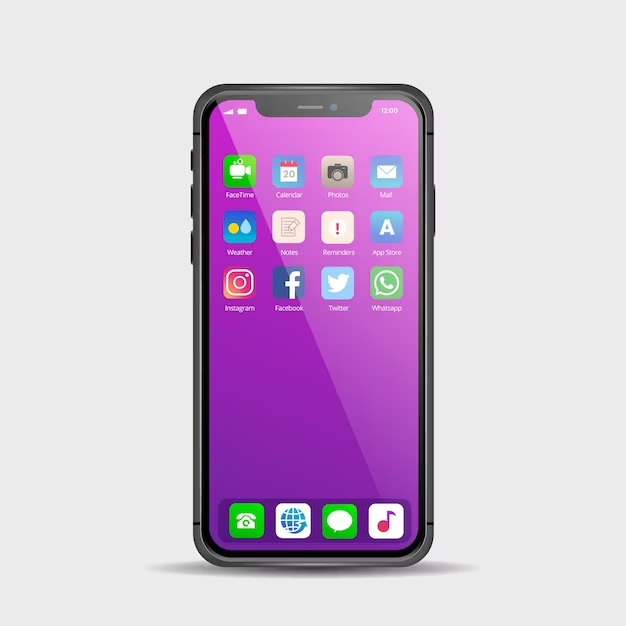What Is The Outlook For Mobile Advertising?

The importance of mobile attribution in mobile app advertising is rising. It helps advertisers monitor and assess their campaigns’ success and determine the best course of action for their advertising budget. But, the landscape of mobile attribution is expected to shift with the introduction of Google’s Privacy Sandbox, and marketers must adjust their plans accordingly.
Despite Privacy Sandbox’s obstacles, the possibilities for the mobile app advertising market in 2023 and 2024 are promising. According to a report by eMarketer, US mobile ad expenditure will increase from $87.06 billion in 2021 to $117.35 billion by 2024.
The growing use of in-app advertising is one of the major factors propelling progress in the mobile app advertising market. In-app advertising is quickly becoming a crucial component of mobile advertising due to the growth of mobile gaming and social networking apps. Compared to traditional mobile web advertising, in-app advertising has a number of advantages, such as higher engagement rates and more accurate targeting.
Let’s talk about how Google’s Privacy Sandbox will affect mobile app attribution and the potential growth of the mobile app advertising market through 2023 and beyond.
Mobile App Attribution: What Is It?
The technique of monitoring and evaluating the effectiveness of mobile app advertising campaigns is known as mobile app attribution. It lets advertisers pinpoint the channels, campaigns, and creatives responsible for installation and other in-app behaviors like purchases or registrations. Mobile attribution tools follow the user journey from the point of click to the conversion point using a specific tracking link. By studying this data, marketers may improve their efforts, raise their return on investment (ROI), and encourage more conversions.
Understanding Mobile Attribution, Cookieless Future, and the Privacy Sandbox
Google’s Privacy Sandbox is a collection of privacy-protecting technologies that aims to safeguard user privacy while continuing to permit advertisers to provide pertinent advertising. One of the Privacy Sandbox’s main features is the elimination of third-party cookies, which are frequently used by mobile app attribution tools to track user behavior across many websites and applications.
Mobile attribution platforms without third-party cookies must rely on alternative tracking strategies like probabilistic modeling and device graph technology. Based on variables like IP address, user name, and device type, probabilistic modeling employs machine learning techniques to determine which devices are most probably associated with the same user. Without utilizing third-party cookies, device graph technology generates a persistent ID that can be employed to track users across various devices.
These technologies are intriguing, but they also have certain drawbacks. Probabilistic modeling is less precise than deterministic techniques, which depend on a distinctive identifier like an email address or phone number.
Device churn, where users switch devices, and user churn, where users remove apps or stop using them entirely, are further restrictions that might affect the adoption of device graph technology.
Google Privacy Sandbox: A New Age of Internet Advertising That Values Privacy
Google launched the Privacy Sandbox program to deliver tailored advertising while preserving user privacy. Several modifications to the way cookies and also other tracking technologies are utilized within the advertising sector are included in this proposal. Both marketers and publishers may expect the changes to have a big effect on the advertising business.
Keeping browsing histories and other personal information hidden protects user privacy while enabling advertisers to target niche markets. The Privacy Sandbox’s key modification is the replacement of third-party cookies with a brand-new framework called Federated Learning of Cohorts (FLoC). To create cohorts of people who share comparable interests so that they can be targeted with relevant advertising, FLoC applies machine learning techniques.
The addition of a new API called Turtledove, which enables marketers to offer advertising based on user interests without disclosing any personal information, is another modification that has been suggested. As a decentralized system, Turtledove processes user data locally on each user’s device instead of sending it to a centralized server.
The measures suggested in the Privacy Sandbox may significantly impact the broader advertising sector. Given Google’s market dominance, any changes to its advertising practices will likely impact the entire industry. When competitors try to stay up with Google’s improvements, this could result in a move towards more privacy-focused advertising.
Conclusion
Mobile app attribution is a crucial part of mobile app advertising since it enables marketers to monitor and assess the success of their campaigns. Mobile attribution platforms now accommodate new tracking techniques to continue to offer precise measurement and optimization following the introduction of Google’s Privacy Sandbox.
Rapid adaptation to the new conditions of application promotion is conceivable as the market for mobile app advertising continues to expand.
Innovating online advertising, Federated Learning of Cohorts (FLAC), a component of Google’s Privacy Sandbox project, promises to improve user privacy while enabling advertisers to provide tailored adverts.
FLAC promises a new age of mobile app attribution that can help balance the interests of advertisers and users alike as worries about data protection and privacy grow.
To ensure the success of their initiatives, mobile app marketers and developers must work with professionals in mobile app attribution. With the appropriate tools and solutions for mobile app attribution, it’s time to replace the old ways to create room for the new in light of the most recent developments in cookie-less online advertising.